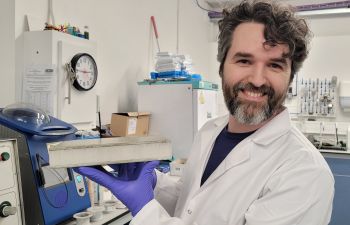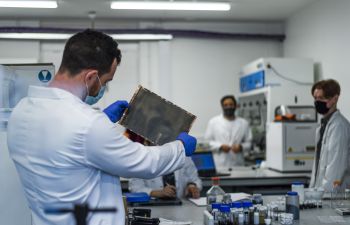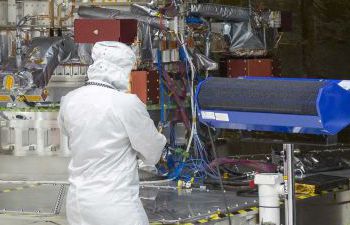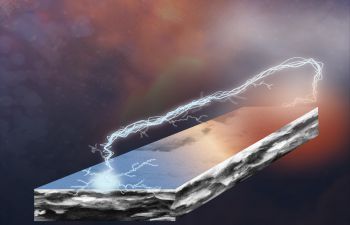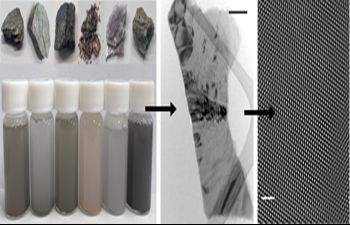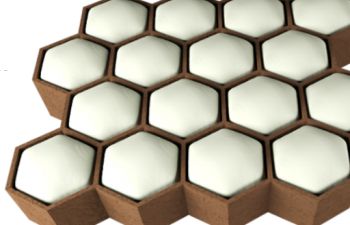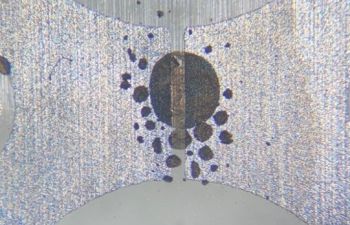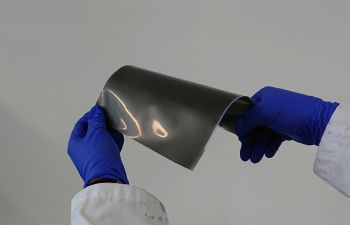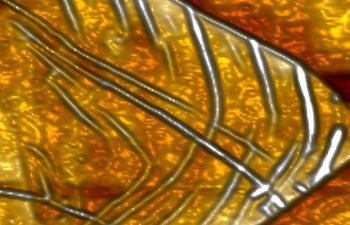Study with us: Nanomaterials and Energy MSc
To usher in the next industrial revolution based on nanotechnologies, there’s a high demand for nanoscientists. As a graduate, you’ll be ready for industry roles in fields such as:
- telecommunications
- aviation
- textile development
- energy services
- material batch processing
- business management
You’ll also be well equipped to take a research degree in physics, chemistry, biology or engineering.

